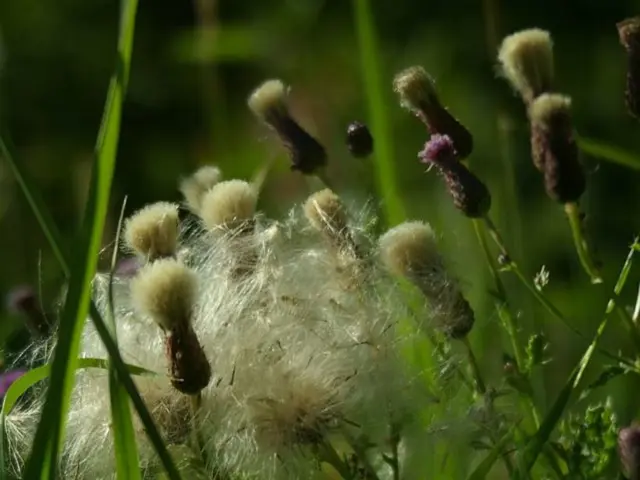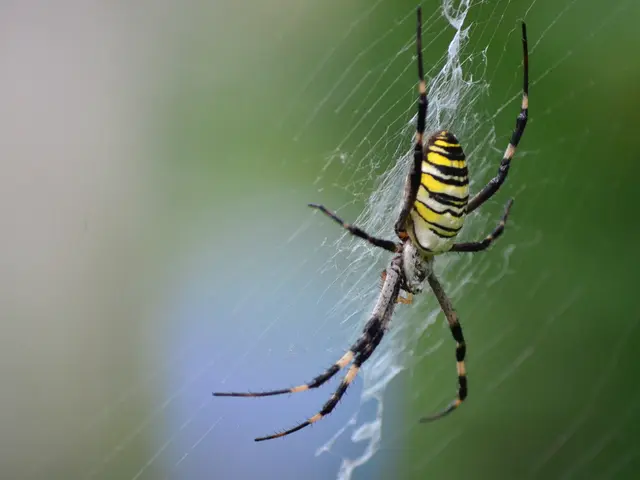Guide on Cultivating Lilacs: Blossom Your Garden with Enchanting Flowers and Fragrant Scent This Spring
*Seduced by Lilacs: A Guide to Growing, Caring for, and Enhancing Your Spring Delight *
- Lilac Varieties: From classic to exotic, discover the diverse range of lilacs and their unique characteristics to suit every garden design.
- Growing Guidelines: Get expert advice on planting, location, light, water, temperature, humidity, soil, and fertilizer to ensure a thriving lilac garden.
- Troubleshooting: Learn how to prevent and combat common problems, pests, and diseases, as well as how to prune, propagate, and repot your beloved lilac shrubs.
*Quick Facts*
Botanical name:Syringa spp.
Height: 12-15 feet (3.5-4.5 m)
Spread: 10-12 feet (3-3.5 m)
Sun exposure: full
Soil requirements: Well-draining, loam
Hardiness zones: 3-7
When to plant: Spring, fall
Bloom time: Spring
Get ready to unlock the secrets of lilac cultivation with our enlightening guide!
Lilac Varieties
Classic lilac (Syringa vulgaris) is the fan-favorite we all know and love, but there's a world of unique varieties beyond this beauty. S. meyeri and S. pubescens subsp. patula are smaller shrub forms that provide a versatile addition to your garden. Asian tree lilacs, like the Japanese (S. reticulata) and Pekin (S. pekinensis), offer large, creamy white blooms, while hybrids yield a variety of colors and bloom times.
Are you craving a lilac with an extended blooming period? The 'Bloomerang Dark Purple' lilac is the answer, boasting dramatic violet flowers that rebloom for months! For those with compact space, 'Miss Kim', a Manchurian lilac, is an adored favorite for its petite size and delicate lavender blooms.
Gardening Essentials
Planting
Spring or fall is the perfect time to plant lilacs. Choose a sunny area with well-drained soil and space plants at least 5 feet (1.5 m) apart. To optimize growth, make sure the roots are vertical while planting.
Care and Maintenance
Ensuring lilacs thrive involves more than just regular pruning. Adequate light, proper watering, timely fertilization, and pest/disease management are crucial. Key aspects of care include:
- Full sun exposure (at least 6 hours daily)
- Moderate watering
- A slightly alkaline, well-draining, nutrient-rich soil
- Fertilizing in early spring with a balanced, all-purpose fertilizer
Pruning
Pruning is essential for lilac care and significantly impacts its health and beauty. Prune immediately after blooming for optimal results. To maintain lilac's shape, remove spent blooms, and prevent seed formation.
Propagation
Lilacs can be propagated through softwood cuttings in late spring or summer or by grafting named varieties.
Elevating Your Garden Experience
Want to expand your garden's repertoire? Explore more classic garden shrubs like lilacs, hydrangeas, and azaleas in our platform's Shop!
Can't get enough of your lilac's blooms? Summer never ends with beautiful hydrangeas from the our platform Shop!
We invite you to delve deeper into the world of lilacs and grant your garden the enchanting allure it deserves!
For those seeking to diversify their home-and-garden lifestyle, the array of lilac varieties offers an excellent opportunity to enhance their spring delight.By incorporating the proper care and maintenance into their gardening routine, homeowners can watch their lilac home-and-garden flourish with delightful blooms.








